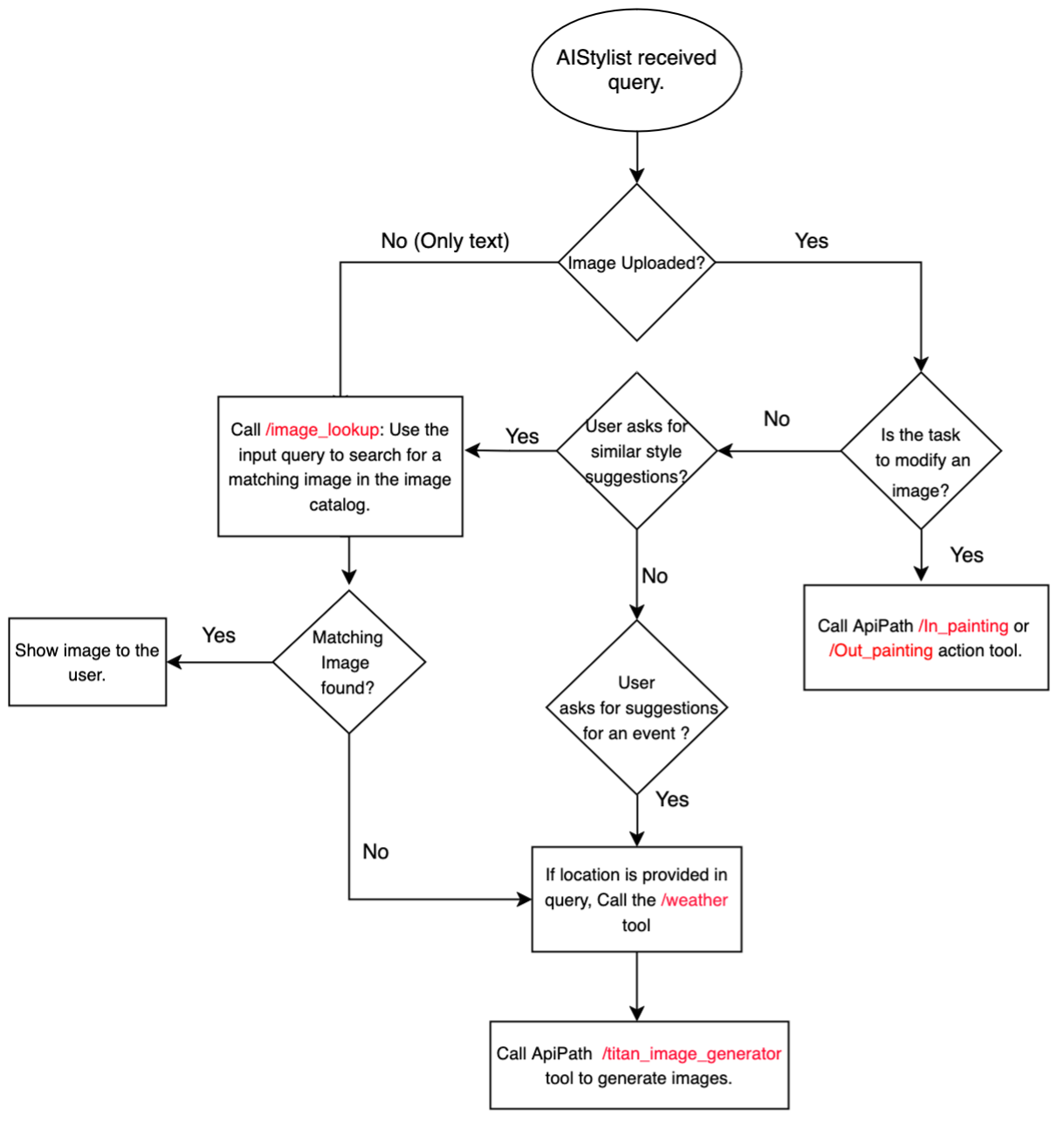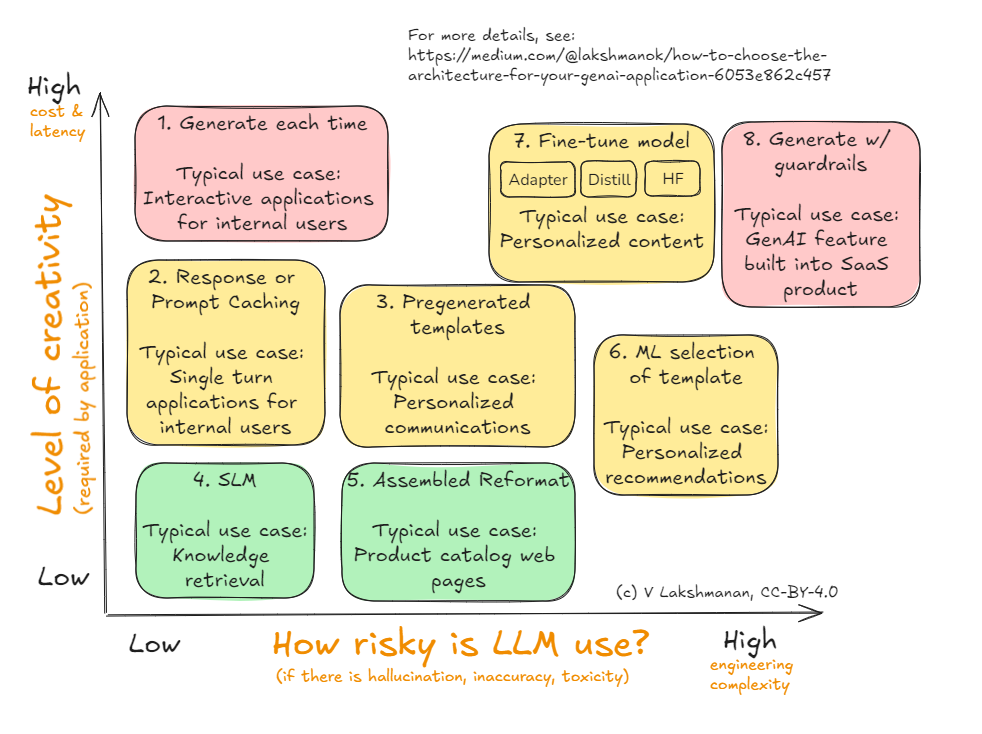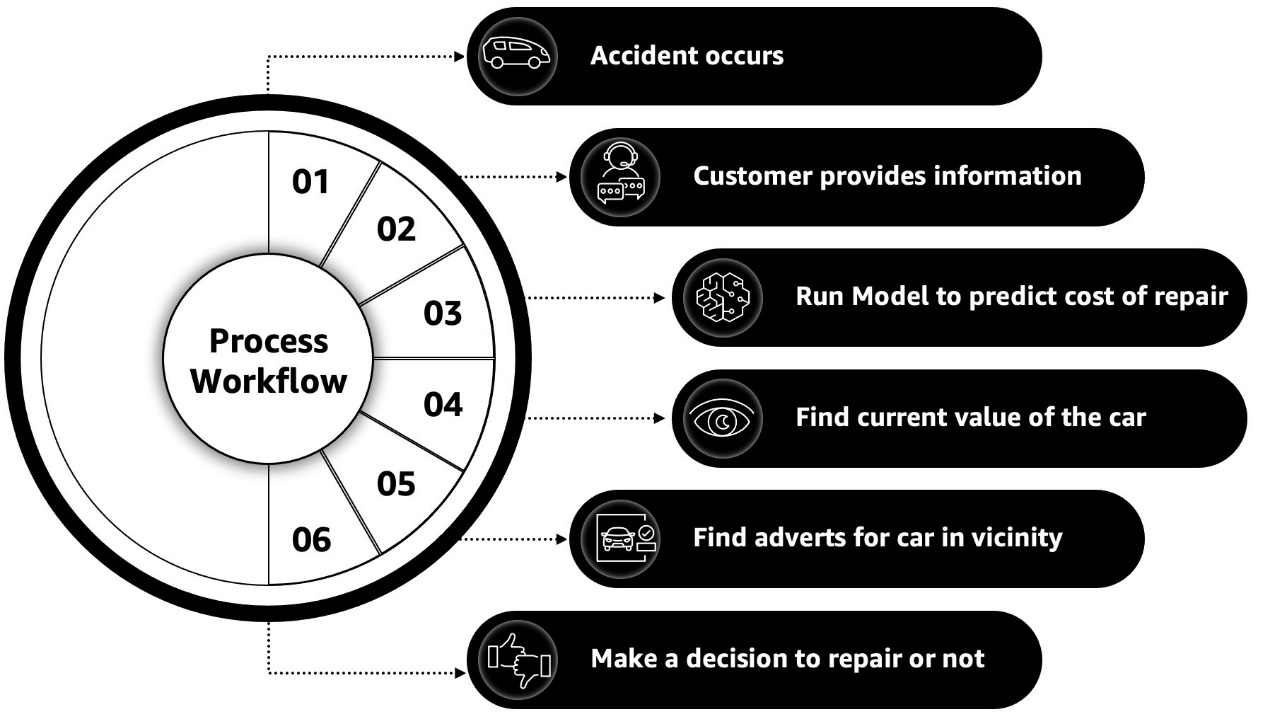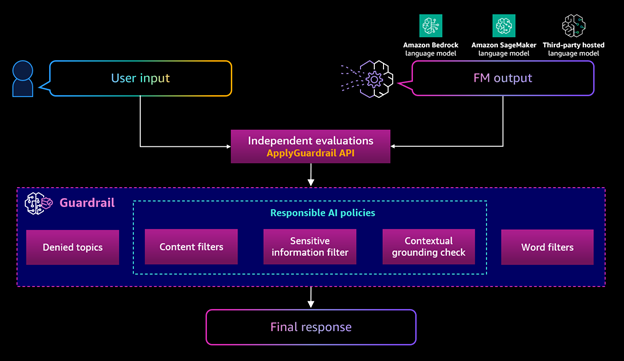New AI agents excel in problem solving by reasoning and tool-driven decision making, showcasing impressive abilities beyond conversational tasks. Expressions of reasoning through evaluation and planning, as well as tool use, are key components in creating powerful AI solutions, with some models surpassing human accuracy on various benchmarks.
Agents simulating human actions paired with Amazon Titan models create personalized, multimodal fashion experiences. Customers can interact in natural language, receive outfit recommendations, and generate visual inspirations seamlessly.
Computer scientist Julian Shun designs graph algorithms to analyze invisible connections efficiently, revolutionizing online recommendation systems. Shun's user-friendly frameworks leverage parallel computing for rapid analysis of massive networks, enhancing search engines and fraud detection.
Meta, owner of Facebook, unveils Movie Gen AI model for creating realistic video and audio clips to rival competitors. Samples show animals swimming, people painting using their real photos in the clips.
Retrieval augmented generation (RAG) combines information retrieval & language generation for accurate responses. RAG techniques are diverse, tailored to specific challenges & use cases, evolving beyond a one-size-fits-all approach.
Universities embrace generative AI for academic use, avoiding plagiarism. Student uses ChatGPT to anticipate interview questions accurately.
Climate Central warns US sea levels could rise 12in by 2050 due to warming. AI predicts frequent floods if current pace continues.
California police departments are utilizing AI tools to assist in report drafting. Experts are concerned about potential implications.
AdaBoost training is deterministic, unaffected by data order. Results remain identical, a rarity in ML algorithms.
A framework helps balance LLM creativity and risk in application architecture, optimizing complexity, cost, and latency. Decision criteria of risk and creativity guide selection of GenAI application architecture, emphasizing the importance of finding the right balance for each use case.
Meta's Data for Good program is open-sourcing AI-powered population maps on GitHub, aiding climate adaptation and disaster response projects worldwide. By providing training data and code, Meta hopes to improve global disaster preparedness and climate adaptation efforts through accurate population estimates.
Aviva, a top insurance company, implements a serverless MLOps platform with AWS and Amazon SageMaker to streamline ML model deployment and monitoring. By automating ML processes, Aviva aims to enhance customer experience and handle increasing claim volumes efficiently.
Amazon Bedrock Guardrails offer customized safeguards for generative AI models, addressing challenges like toxic content and PII protection. Developers can implement multiple guardrails tailored to different use cases, ensuring consistent safety controls across various foundation models.
GeForce NOW unveils 22 new games for October, including THRONE AND LIBERTY. Members can enjoy immersive role-playing and action titles in the cloud.
Next AI summit to prioritize environment impact and job implications, potentially ranking greenest AI firms. Proposal includes rating AI companies based on ecological footprint and expanding global AI governance initiatives.















